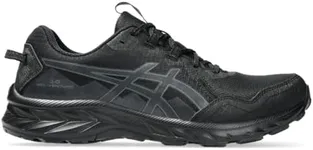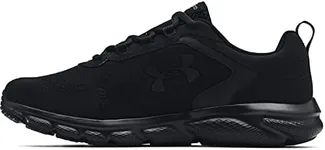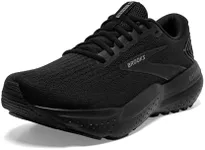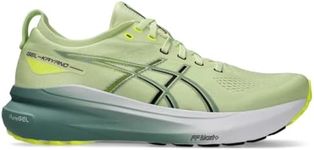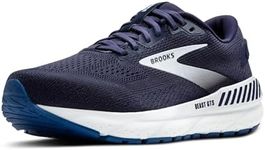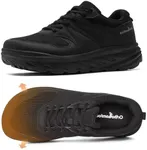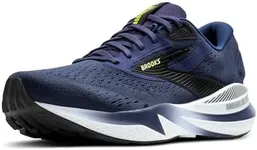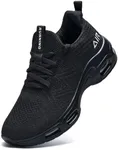Buying Guide for the Best Arch Support Sneakers For Men
When it comes to picking the right arch-support sneakers for men, it's essential to consider several key specifications to ensure you get the best fit for your needs. Arch-support sneakers are designed to provide comfort, stability, and support, which can help prevent injuries and improve overall foot health. Here are the key specs you should focus on when choosing the perfect pair of arch-support sneakers.Arch TypeThe arch type of a sneaker refers to the shape and support level of the arch area inside the shoe. This is important because different people have different arch types: high, medium (normal), or low (flat). High arches need more cushioning to absorb shock, medium arches benefit from moderate support, and low arches require stability to prevent overpronation. To pick the right one, identify your arch type by wetting your foot and stepping on a piece of paper to see the imprint. Choose sneakers that cater specifically to your arch type for optimal support.
CushioningCushioning in sneakers refers to the padding and materials used to absorb impact and provide comfort. This is crucial for reducing stress on your feet and joints, especially if you spend a lot of time on your feet or engage in high-impact activities. Cushioning can range from minimal to maximum. If you have high arches or engage in high-impact activities, look for sneakers with ample cushioning. For everyday use or if you have normal arches, moderate cushioning should suffice. Those with flat feet might need less cushioning but more stability.
StabilityStability in sneakers refers to the shoe's ability to support your foot and prevent excessive movement, particularly inward rolling (overpronation). This is important for maintaining proper alignment and preventing injuries. Stability features include a firm midsole, supportive heel counter, and structured upper. If you have flat feet or overpronate, look for sneakers with enhanced stability features. For those with normal arches, moderate stability is usually adequate. High arches typically require less stability but more cushioning.
Fit and SizeThe fit and size of sneakers are crucial for comfort and effectiveness. A proper fit ensures that your foot is well-supported and prevents issues like blisters or discomfort. Sneakers should have enough room in the toe box, a snug fit around the midfoot, and a secure heel. When trying on sneakers, wear the type of socks you plan to use and walk around to ensure they feel comfortable. Consider the width of your feet as well; some brands offer different width options. Always prioritize comfort and support over style.
BreathabilityBreathability refers to the sneaker's ability to allow air to circulate, keeping your feet cool and dry. This is important for preventing sweat buildup, which can lead to discomfort and odor. Breathable materials include mesh and other lightweight fabrics. If you plan to wear your sneakers for extended periods or during physical activities, look for shoes with good ventilation. For casual use, breathability might be less critical but still beneficial for overall comfort.
DurabilityDurability refers to how well the sneakers hold up over time and with regular use. This is important for getting the best value and ensuring your shoes provide consistent support. Durable sneakers are made from high-quality materials and have reinforced areas like the toe and heel. If you plan to use your sneakers frequently or for intense activities, prioritize durability. For occasional or light use, durability might be less of a concern, but it's still worth considering to avoid frequent replacements.

